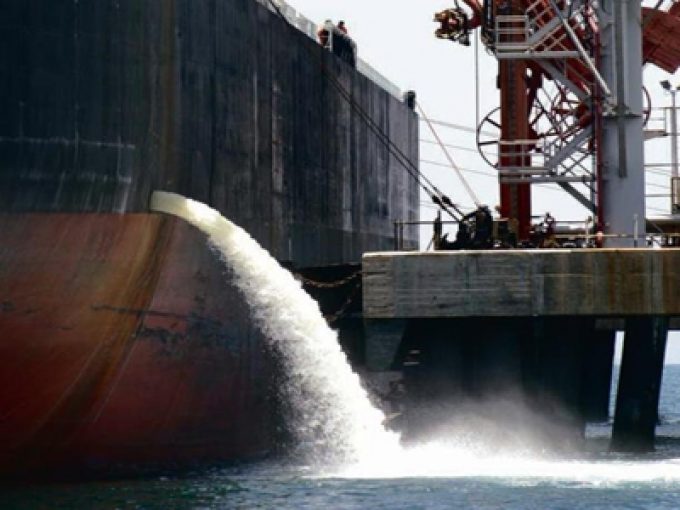COP29: UK PM announces 'determined commitment' to steep emissions cuts
Arriving at COP29 this week, UK prime minister Keir Starmer has unveiled a ‘nationally determined ...
WTC: RIDE THE WAVEFDX: TOP EXEC OUTPEP: TOP PERFORMER KO: STEADY YIELD AND KEY APPOINTMENTAAPL: SUPPLIER IPOCHRW: SLIGHTLY DOWNBEAT BUT UPSIDE REMAINSDHL: TOP PRIORITIESDHL: SPECULATIVE OCEAN TRADEDHL: CFO REMARKSPLD: BEATING ESTIMATESPLD: TRADING UPDATEBA: TRUMP TRADE
WTC: RIDE THE WAVEFDX: TOP EXEC OUTPEP: TOP PERFORMER KO: STEADY YIELD AND KEY APPOINTMENTAAPL: SUPPLIER IPOCHRW: SLIGHTLY DOWNBEAT BUT UPSIDE REMAINSDHL: TOP PRIORITIESDHL: SPECULATIVE OCEAN TRADEDHL: CFO REMARKSPLD: BEATING ESTIMATESPLD: TRADING UPDATEBA: TRUMP TRADE

Few outside shipping’s technical circles understand ballast water management systems – and hell, why should they – but the practice of taking on ballast water in one part of the world and discharging it elsewhere represents one of the greatest threats to many marine ecosystems, as it has resulted in “the spread of invasive aquatic species, which can cause havoc for local ecosystems, affect biodiversity and lead to substantial economic loss”. Last week Finland voted to adopt a convention on ballast water management drawn up by the International Maritime Organization, and by doing so pushed the required threshold of international tonnage over the 35% mark, which means the convention will become international law 12 months from now. Trouble is, the US is also introducing a ballast water law, but one that is considerably stricter than the IMO’s, leaving some shipowners with some difficult decisions to make.


Comment on this article